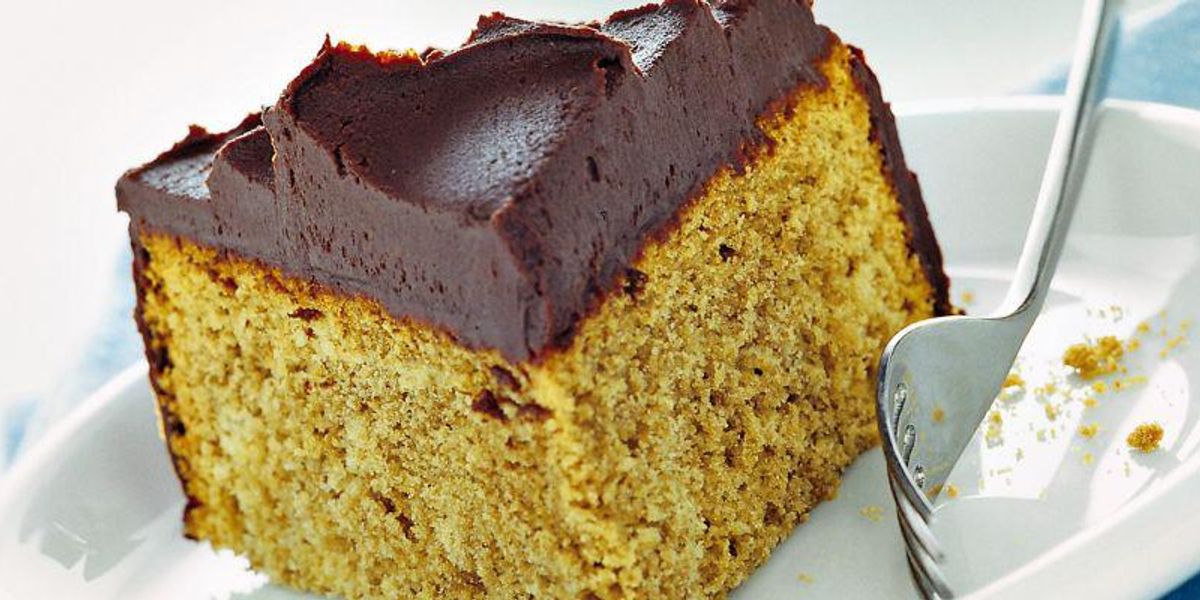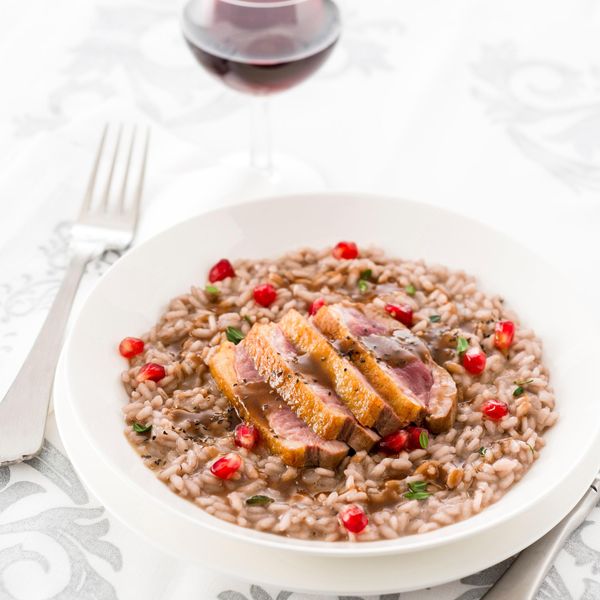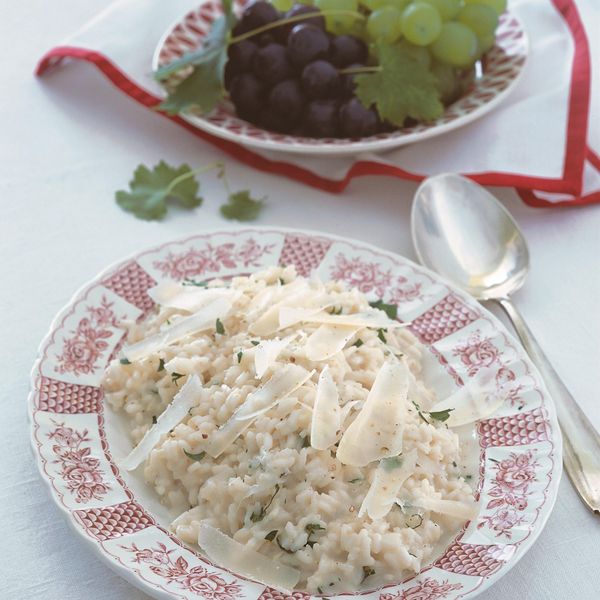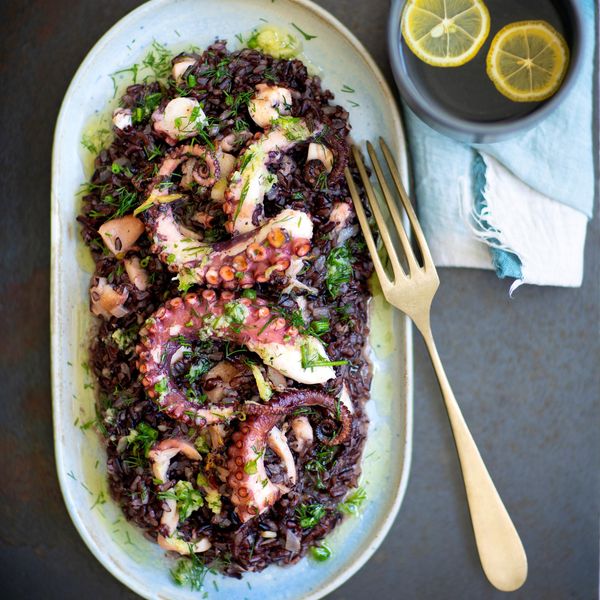
The ideal is the usual consumption, but moderate in terms of portions
Those who eat pasta are leaner than those who do not eat it: common sense turns up its nose, science seems to have no doubts. A great research involving - over 23,000 subjects - published in the prestigious scientific journal Nature and conducted by a team of Italian scientists reveals the secret.
What happened? Each individual participant in the study was monitored in terms of weight, height, and the famous BMI, i.e. the Body Mass Index , the parameter that evaluates weight in relation to height (here's how to calculate your own on the website of the Ministry of Health). Additionally, waist size, and waist-to-hip ratio were measured.
All subjects were monitored without altering their daily eating habits. Result: those who ate pasta - without exaggerating, but regularly, were found to have a lower BMI than others. Not only that: the waistline of pasta eaters is narrower than those who disdain the Italian carbohydrate par excellence, and the waist-hip ratio is more balanced.
And this means none the less, in simple terms, that despite the opposite opinion of dieticians and all those who for decades have branded pasta as "fattening" food, not only is it not, but can even be considered a "slimming" food .
Italians consume an average of 26 kilos a year each: is the consumption of pasta therefore “officially" associated with a lower risk of obesity , including abdominal obesity ? Yes. But be careful: to have these effects, it must have very specific characteristics. It must be habitual, yes, but moderate .
Here's what the experts recommend: portions of 60-80 grams , and above all, watch out for the condiments : they are the ones that make you fat! So light and low-fat sauces. For example, a small plate of pasta with tomato sauce corresponds to about 300 calories, which is equivalent to the energy intake of a 120-gram mozzarella. While a 10-gram serving of butter is 90 calories, plus 30 or 40 of the grated cheese on top.
The type of cooking should also be considered: the pasta goes al dente, and not just a matter of taste. And finally: healthier alternatives to standard wheat are now widespread, starting from more ancient and nutritious varieties, such as Senatore Cappelli, timilia wheat, monococcum wheat (or small spelled), Verna wheat etc. Good pasta everyone!







